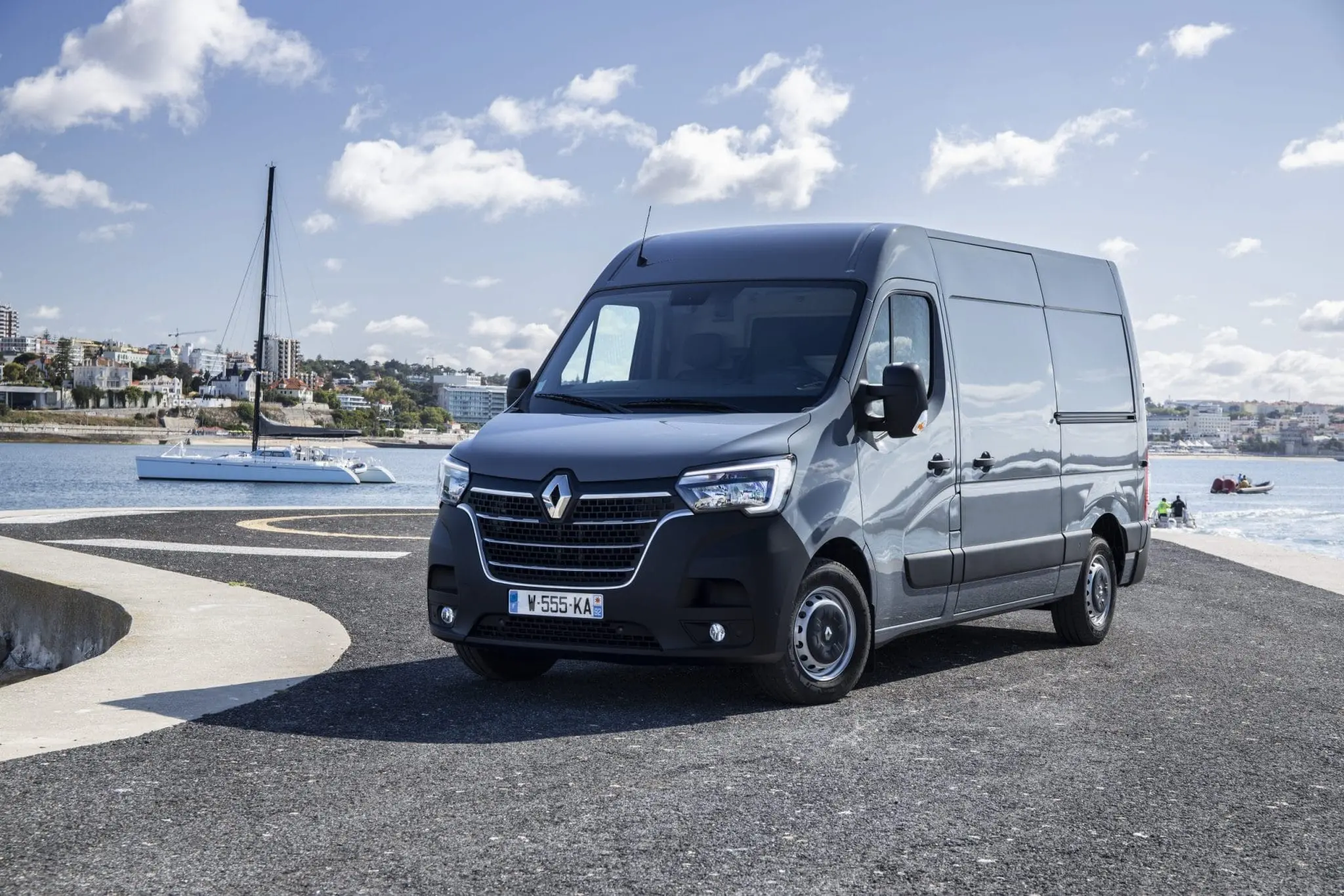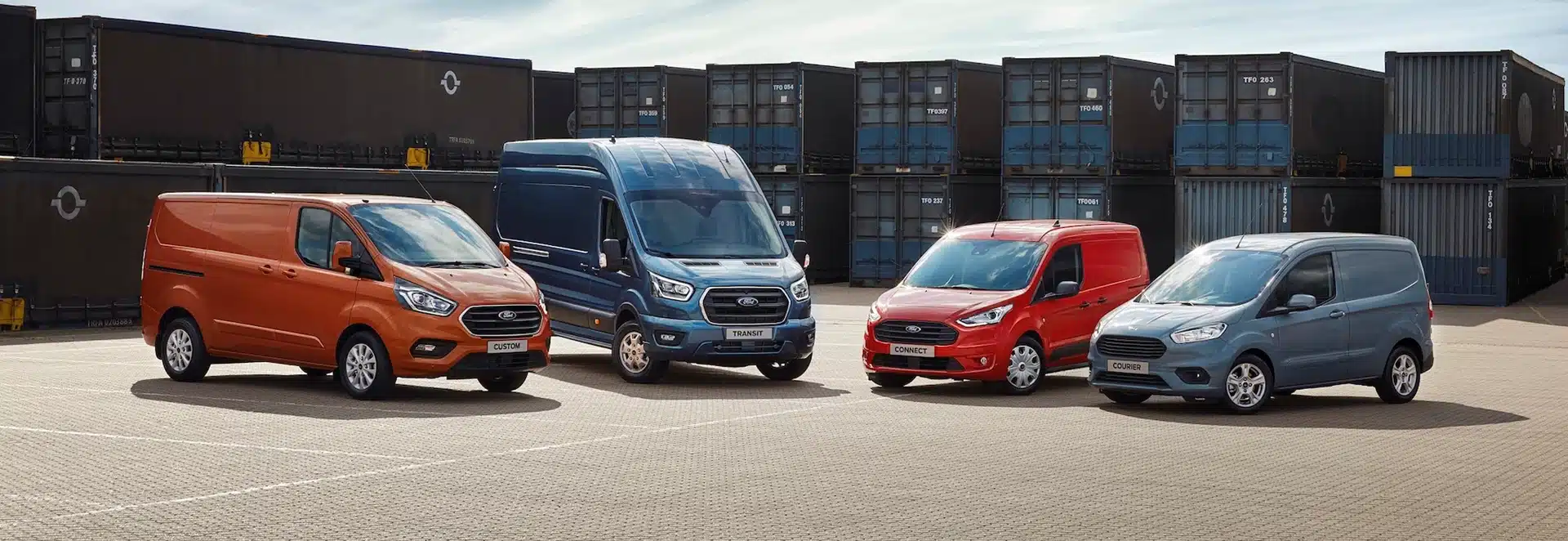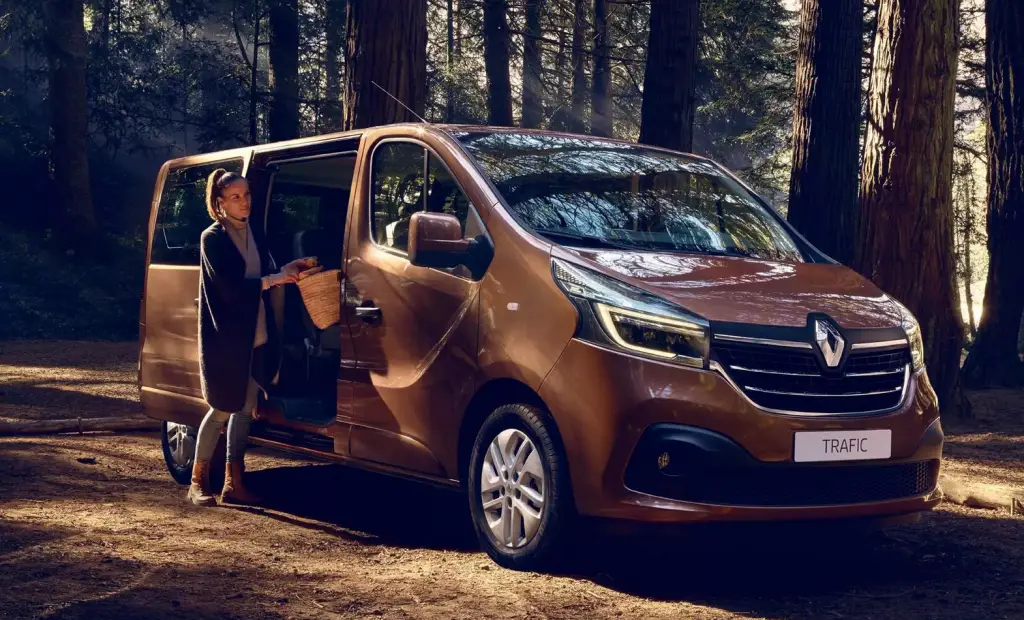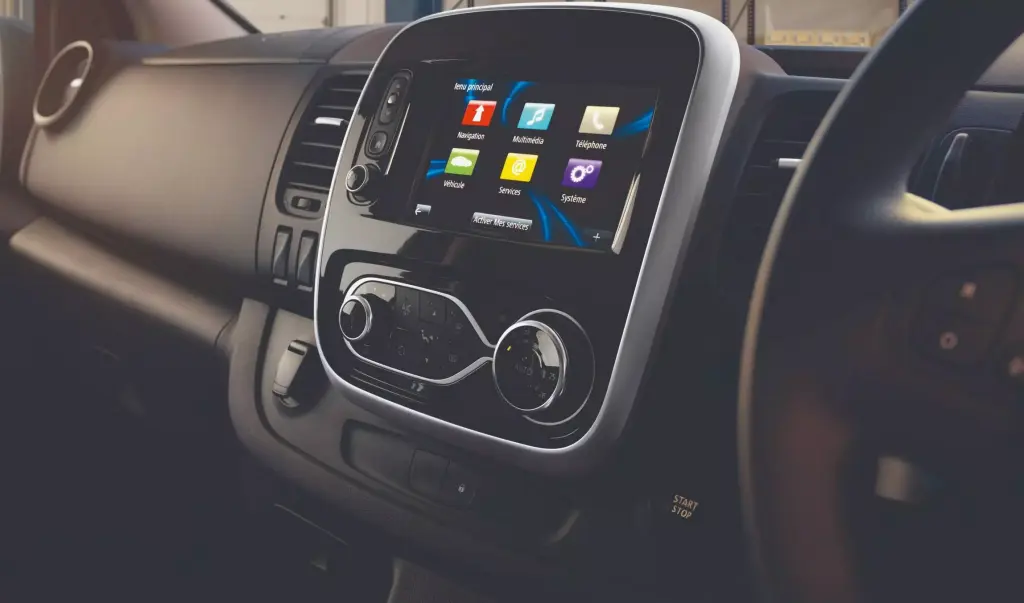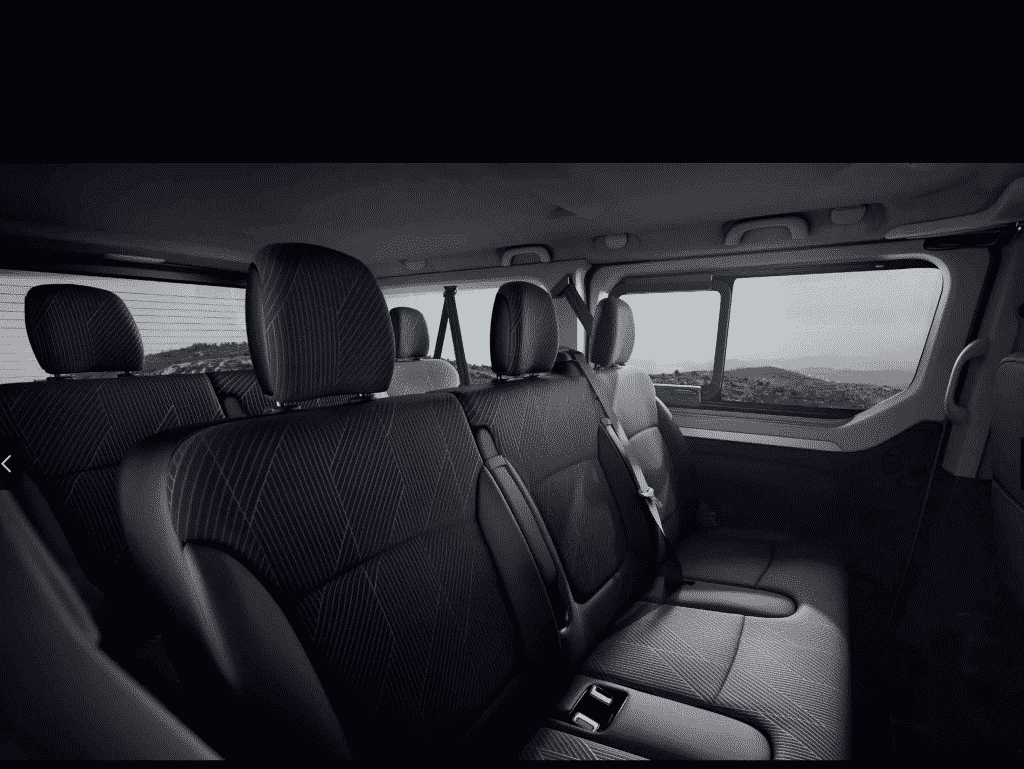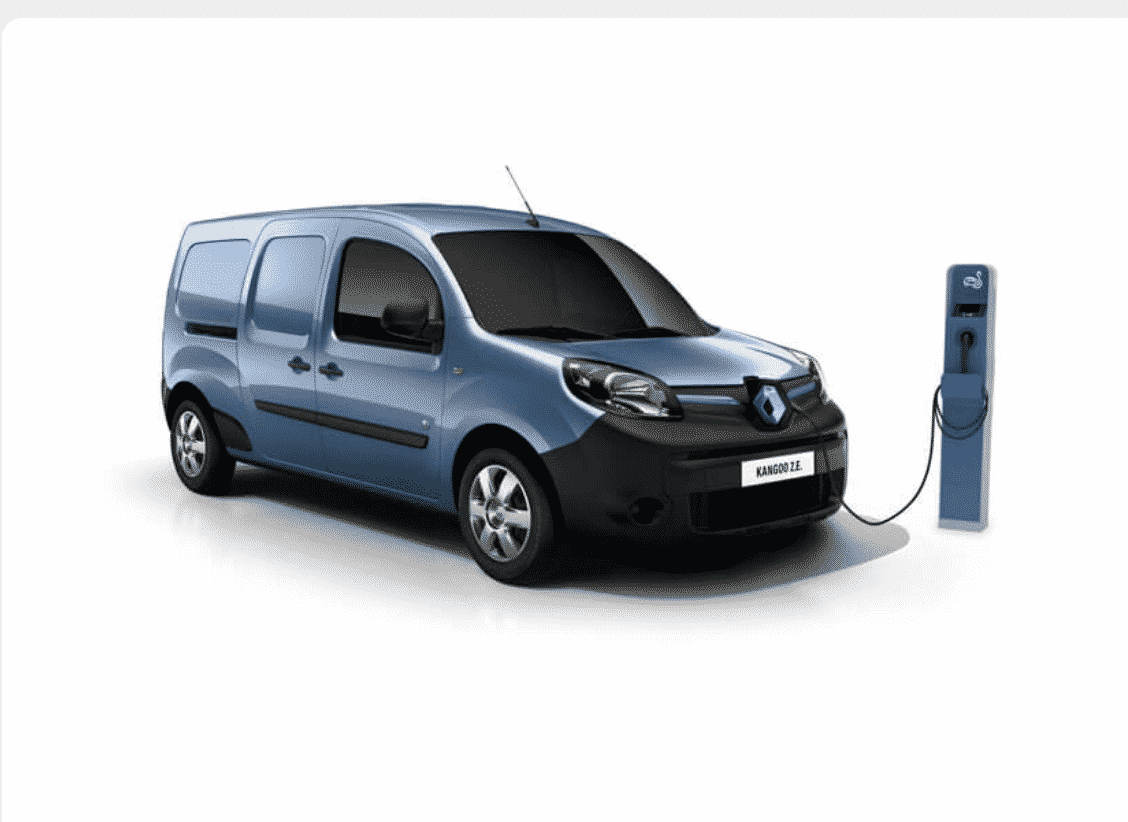We haven’t done much with Renault for some time. Years back long before the days of the Sporty Transit Custom and the Modified VW Transporter and ABT
VW Vans
we sold maybe 300 Renaults a year. Some were The Renault Trafic Sport. This we have grown into our our own WASP and Hornet for 2022. We must remember that Renault Vans were actually one of the original Sports vans but seem somewhat overlooked in recent years.
You might also be surprised that Swiss Vans 10 years ago were quite focused on Luton Vans, Low Loaders and Removal vans rather than the likes of ABT you see now. Where did we go wrong !
So to make up for it we have quite a few Luton Vans in stock but they will sell out within days
Renault Master Low Loader
Renault Luton Van
Renault Trafic Sport
The new Trafic has been revealed by Renault Vans, the latest and most advanced van from Renault PRO+ with car-like levels of equipment.
The Trafic comes with an entirely refreshed interior, a wide range of new Euro 6D-Full compliant engines, better infotainment systems and the latest Advanced Driver Assistance Systems (ADAS). You will find both long and short wheelbases, plus a choice of roof heights, with four trim levels – Business, Business+, Sport and Sport+.
There is also a long wheelbase Crew van available as is a six-speed EDC dual-clutch automatic transmission with certain engines.
Fleets will have a choice of 44 versions in total, and customisation options to build their New Trafic as desired with a range of options, accessories, tailor-made modifications and multiple conversion options. The Trafic is available to order now priced from £25,700, plus VAT.
The updated Trafic has new front-end design, with full LED lighting and C-shaped running lights and a redesigned bumper for the upright grille with chrome detailing.
The LED lights offer a 15 metre greater range when compared to the previous lights, enhancing visibility by 20% and manoeuvres are made easier thanks to 30% larger electric folding door mirrors.
New 17-inch ‘Avens’ alloy wheels are available on Sport van models (diamond-cut on Sport+ models) with new 16-inch ’Siras’ wheel covers on Business and Business+ variants.
The interior is home to a new instrument panel housing a 4.2-inch TFT colour display and clear dials on Sport and Sport+ variants (3.5-inch monochrome display on Business and Business+ specification), while, depending on the version, a new 8-inch EASY LINK display sits in the driver’s eye line for greater ease of use.
There is also a Mobile Office feature that comes as standard on Business+ and upwards.
Upgraded storage sees a fold down middle passenger seat, with detachable A4 clipboard, plus laptop and smartphone cradles. The rear load area has a load length of 4.15 metres and using the load-through bulkhead underneath the passenger seat, offers a total capacity of up to 8.9 cubic metres and a payload of as much as 1,166kg.
The Crew van, in Business or Business+ specification, also brings a second row of seats with a bench seat that can accommodate three passengers.The front passenger bench seat gains underseat storage and the rear interior side panels stretch up to the windows.
Upwards of Sport trim, the second row consists of three individual passenger seats, all of which have adjustable headrests, two armrests and underseat storage. The outer two seats also have ISOFIX fittings.
The Crew van,also features the latest infotainment technology as well as the most up-to-date Advanced Driver Assistance Systems (ADAS) available across the Renault PRO+ line-up.
The new 8.0-inch EASY LINK display located on the dashboard is a significant upgrade, offering the latest in connectivity and usability to New Trafic Business+ customers.
The new touchscreen system supports full smartphone integration via Apple CarPlay and Android Auto, plus the full selection of DAB, Bluetooth and USB connectivity options that are available on Business models.
In the Sport and Sport+, the EASY LINK system features SATNAV with connected navigation services for three years, and includes Google search for places of interest, live traffic information and weather forecasts.
In terms of engines there are now four different versions of the 2.0-litre Blue dCi diesel engine available, with customers able to choose from dCi 110, dCi 130, dCi 150 and dCi 170 variants. Each version is front-wheel drive and features the latest fuel-saving Stop & Start functionality.
New to the Renault Vans range is the dCi 110 engine, which produces 110hp and 300Nm of torque, returning up to 40.9mpg (WLTP) and emitting as little as 182g/km of CO2. This engine is paired to a six-speed manual gearbox and is available specifically for Business trim.
Available in Business, Business+ and Sport trim levels, the dCi 130 is now 10hp more powerful than in the previous Trafic. Paired to a six-speed manual transmission, it has peak power of 130hp yet can return up to 40.9mpg (WLTP) with CO2 emissions of just 182g/km.
The dCi 150 engine is available with the six-speed manual or six-speed EDC dual-clutch automatic transmissions. The manual variant also returns up to 40.9mpg (WLTP) and 182g/km of CO2 emissions, while the smooth-shifting EDC dual-clutch automatic returns 39.8mpg and 185g/km of CO2.
The most powerful dCi 170 engine is specifically for Sport and Sport+ versions, offering the option of both manual and automatic transmission. Mated to the six-speed manual, the 170hp engine is capable of 40.4mpg (WLTP) with CO2 emissions of only 184g/km.
When paired with the automatic gearbox, it returns up to 39.8mpg and emits as little as 186g/km CO2. Performance is strong with a 115mph top speed and 0-62mph covered in only 10.6 seconds.This is a different gearbox to the New Renault Master.
The Sport+ also offers keyless entry, and an optional wireless smartphone charger is available for the first time.
The latest generation of driver aids and safety systems are also available, including adaptive cruise control that safely maintains the distance to the car in front and an Active Emergency Braking System (AEBS).
Further safety features include Blind Spot Monitoring and Lane Departure Warning with Lane Keep Assist and Traffic Sign Recognition.
There is also an innovative new passenger airbag that has been optimised to protect two passengers occupying the two front passenger seats alongside the driver, while a parking assist system aids manoeuvres together with a reversing camera that also appears in the Renault Master Low Loader.
The UK’s new light commercial vehicle (LCV) market grew by more than a fifth (21.4%) in 2021, according to new figures published by the Society of Motor Manufacturers and Traders (SMMT).
There were 355,380 vans registered in the year, ending with the best December for the sector since 2015 with a 7.8% increase.
The robustness of the LCV market was due, in part, to strong underlying demand from key sectors – notably construction and home delivery fleets – with significant fleet investments resulting in 62,723 more units being registered in the last year than in 2020.
This performance is only marginally weaker than the strong 2019 market (-2.8%) and the five-year pre-Covid average (-3%).
Mike Hawes, SMMT chief executive, said: “After a difficult 2020, the commercial vehicle sector has bounced back, with registrations recovering to just shy of pre-Covid levels.
“While demand has remained robust, there is still the potential for market volatility with the Omicron variant and component shortages threatening supply chains.”
BEV uptake soared by 142.3%, although this equates to a relatively modest 12,759 zero emission vans and a total market share of 3.6%.
With petrol and diesel vans facing the same end of sale date as passenger cars, this shows just how far the LCV BEV market needs to grow even to replicate the shift taking place in the passenger car market, where BEVs account for one in nine registrations as opposed to one in 28 in the van market.

Vauxhall was the UK’s best-selling electric Light Commercial Vehicle (e-LCV) manufacturer in 2021. Vauxhall sold 2,916 e-LCVs in 2021, up a massive 984% on last year, outperforming the market that was up by 136%.
Sales success last year was underpinned by the all-electric Vivaro-e, the best-selling model in the e-LCV sector in 2021.
Paul Willcox, managing director of Vauxhall Crew Vans , said: “As a British brand, I’m proud to see Vauxhall is leading the electrification of the UK van market with our multiple award-winning Vivaro-e.”
Hawes says that manufacturers are working hard to ensure deliveries. “With a record number of battery electric vans registered this past year, customers can be assured that more of these new technology vehicles will be available to keep society and businesses moving in an increasingly zero-emission manner,” he said.
In terms of market segmentation, there were significant increases for both 4x4s and the heaviest vans weighing greater than 2.5-3.5 tonnes of 183.0% and 27.8% respectively, while vans weighing greater than 2.0-2.5 tonnes were the only segment to decrease, albeit by a marginal 0.8%.
The Ford Transit Custom range was the UK’s top-selling vehicle among both passenger and commercial vehicles last year. More than 53,000 buyers chose new Ford Transit Customs, while a further 3,750 customers bought Ford Tourneo Custom people carrier.
In addition to delivering 10% more one-tonne Transit Custom Lease than in 2020, Ford also last year supplied more than 34,000 of the larger two-tonne Transit, making it the UK’s third best-selling vehicle in the year.
Ford’s total commercial vehicle range accounted for one in every three vans bought in 2021.
Lisa Brankin, Ford of Britain and Ireland managing director, said: “Ford prioritised vehicle supply in a difficult year, with the pandemic ongoing and semiconductor shortages affecting the entire automotive industry, to grow commercial vehicle sales and meet the demand and loyalty to the Transit Custom brand.”
Looking forward to 2022, the LCV van lease market is predicted to grow further to 363,700 units, bringing registrations in line with 2019’s 365,778 units.
Designed to fulfill a wide range of requirements of professionals and catering to the environmental-friendliness, Renault has come up with a new newer and better version of Renault Master Z.E. This multi-utility electric van had two variants- platform-cabin and panel van.
The latest variant of this functional van is titled Chassis-cabin version. Not just box types, these variants differ in lengths and heights as well. Master Z.E. has two heights (H1 & H2) and three length options (L1, L2, & L3) along with 3.1 & 3.5 tons Gross Vehicle Weight. These vans can easily carry a payload of approximately 1,700kg.
Below explained are the three variants of Master Z.E.
Chassis-Cabin
The newest member of Z.E. variants is its chassis-cabin version. It is available for the consumers in H1 height with L2 & L3 length options. This version can transport a max of 1,620kg payload before conversion. There are large volume, tailgate, drop sides, and more transformations are available.
Platform Cab
After the latest upgrades, consumers have access to 2 versions of Platform Cabin Master Z.E. variant. These versions have a payload of 1,740kg. With this payload, buyers can opt for larger conversion options. This includes Luton Low-loader upgradation with a useful sill for low loading actions.
Panel van
The last Master Z.E. variant- Panel Van is manufactured in all three lengths and two height options. With an increased volume of 8m3 to 13m3, the panel van variant is reinforced to carry 1,490kg payload with ease.
The increased payload function in all three variants and options for conversions & transformations make these utility vans stand out. Master Z.E. being an electric van can be recharged in 6 hours; this makes it an ideal option to make urgent deliveries while staying eco-friendly.
Users can plug the vans for charging on Public Charging Points or Wallbox that have 7kW output. Master Z.E. offers extra serviceability with a sleek body.
The Renault Trafic Spaceclass Minibus. We dont think its worth the extra £7000 over the Sport model. We really cant see where the money has gone.
- Top of the range of the Renault Trafic 9 seaters
so aimed more at private customers wishing more comfort - 17 inch alloys
- Parcel shelf on LWB model
- Aircon and extra heating for rear passengers
- Optional factory ordered leather (Swiss do retro leather anyway thats better)
- Optional extra blacked out windows
- LED Headlights
- Rear parking sensors
Renault Trafic Sport Minibus
- Java cloth seats same as Spaceclass
- Rear parking sensors
- Manual aircon isnt quite as good as the Spaceclass
- Rubber flooring
- 17 inch alloys
- DRL headlights not LED
- The VW Caravelle is the equivalent van from Volkswagen
New Trafic
Renault Master
Master Low Loader
Kangoo Electric
Some really cheap deals on the Renault Range
Either through finance lease or business contract hire.
Contract Hire
12 + 23
Other options available
Batteries
- ESC (Electronic Stability Control)
- Full steel bulkhead
- DAB radio with AUX input, Bluetooth® and USB connectivity
- 100% electric with front Z.E. charging socket
Features Bluetooth Connectivity DAB Radio with AUX Input CD/USB & Jack Electric Front Windows Full Steel Bulkhead Adjustable Steering Wheel Electric Variable Power Assisted Steering R.a.i.d Renault Anti Intruder Device Hill Start Assist Left Side Loading Door Manual Air Conditioning, pollen filter & heat pump Additional Vehicle Heating 2 Year / 100,000 Miles Warranty
n January 2017, tailor-made business vehicle specialist Renault Pro+ presented New KANGOO Z.E., a pioneering electric van that incorporates a wealth of innovations designed to better meet customer requirements and environmental targets. New KANGOO Z.E.’s driving range marks an increase of over 50 percent, which means it can cover even more ground than its predecessor, reaching 270km over an NEDC cycle (equivalent to 200km real use in summer) compared to 170km previously. A new battery mated to a new motor and the incorporation of a heat pump combine to produce the best driving range in the electric LCV (light commercial vehicle) market
Fuel Efficient New Vans. With the ever rising cost of fuel, it may be a welcome news to you that vans are becoming more fuel efficient.
A few years back, the standard miles per gallon (MPG) of most vans from various manufacturers was between 18.5 to 20+ mpg, and with high CO2 emission ratings. Today, the thrust is for car engineers to design and produce fuel-efficient and “green” vehicles. Fuel consumption of vehicles is a direct factor in air pollution. The importation of motor fuel is a significant part of a country’s foreign trade. In this connection, car and van manufacturers are keen on developing advanced technologies that can lead to the design and production of vehicles with improved fuel economy, without sacrificing performance and efficacy.
Car manufacturers are consistently improving vehicles with ground-breaking technologies such as direct fuel injection, turbocharging, variable valve timing and active fuel management. The application of aerodynamics, use of lightweight materials and other technologies contribute in making vans more efficient.
Fuel Efficient New Vans
This year, the Ford Transit Connect 1.6TDCi 95 Econetic S/S holds the distinction of being the most economical small-sized van with a 67.3mpg.
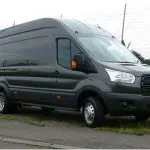
The Renault Trafic Sport 1.6dCi 119bhp Efficiency and Vauxhall Vivaro 1.6CDTi 119bhp Ecoflex are the top contenders in the medium-sized van category with their 47.9mpg.
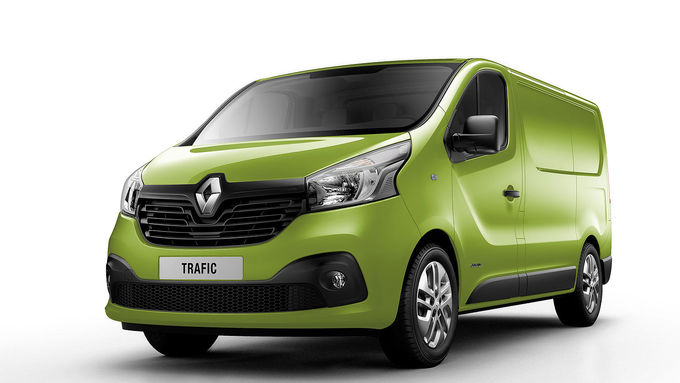
The Ford Transit Custom Double Cab 2.2TDCi 99bhp Econetic has a high 44.8mpg.

And of course, the VW Transporter also ranks high in terms of fuel efficiency. Its mpg is 41.5.

In the large-sized van category, the Fiat Ducato 35 2.3 MultiJet has a reported 44.1mpg.

Get a more economical new van
Getting a brand new van is more fuel-efficient and cost-efficient. Vansales’ fuel calculator indicates that a Volkswagen Transporter Highline Sport Panel Van, T28 SWB 140ps T5 Panel Van has an old MPG of 29 whereas a new model has an MPG of 40.4. These figures show that the fuel cost per month of an old Highline is £286.12 based on a £ 1.41 fuel price per liter. A savings of £87.82 is possible in this case. But with a brandnew VW Higline with an annual mileage of 15,000, the cost per month is £198.30 or a savings of £1053.83 annually.
In the case of a Ford Transit Custom Base, the old mpg is 28, cost per month is £288.12, and has a savings of £96.28. A new van has an mpg of 42.2, an annual mileage of 1500, cost per month of £189.84 and an annual savings of £1155.33.
A new van is more fuel efficient. Add in the factor that a new van also requires less maintenance and repair, it is clear that in the end it is more economical to settle for a new van.
So give it a try. Find a van you like on our website and when viewing the listing, you can easily compare your current van’s mpg with the new van’s mpg as indicated in the fuel calculator on each listing – as shown in the image below…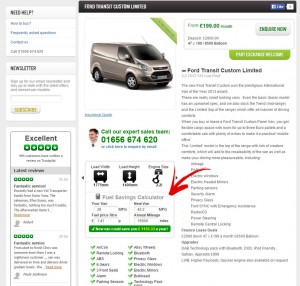
Swiss Vans has whole range of fuel efficient new vans to offer you.
Though fuel prices tend to be quite stable over the past few months, running costs are still a primary concern for most van owners and operators. There are various brands and models of small vans in the market today, each claiming fuel economy. Here Swiss Vans presents the ten most fuel efficient small panel vans based on their claimed miles per gallon.
Ford Transit Connect 1.6TDCi 95 Econetic S/S claims 67.3mpg, same as the Renault Kangaroo. This model is the latest in the its line, boasting of econetic technology, improved aerodynamic design and improved 1.6 litre duratorq engine. Fuel efficiency can be further improved to 70.6 mpg if a 62 mph speed limiter is fitted.
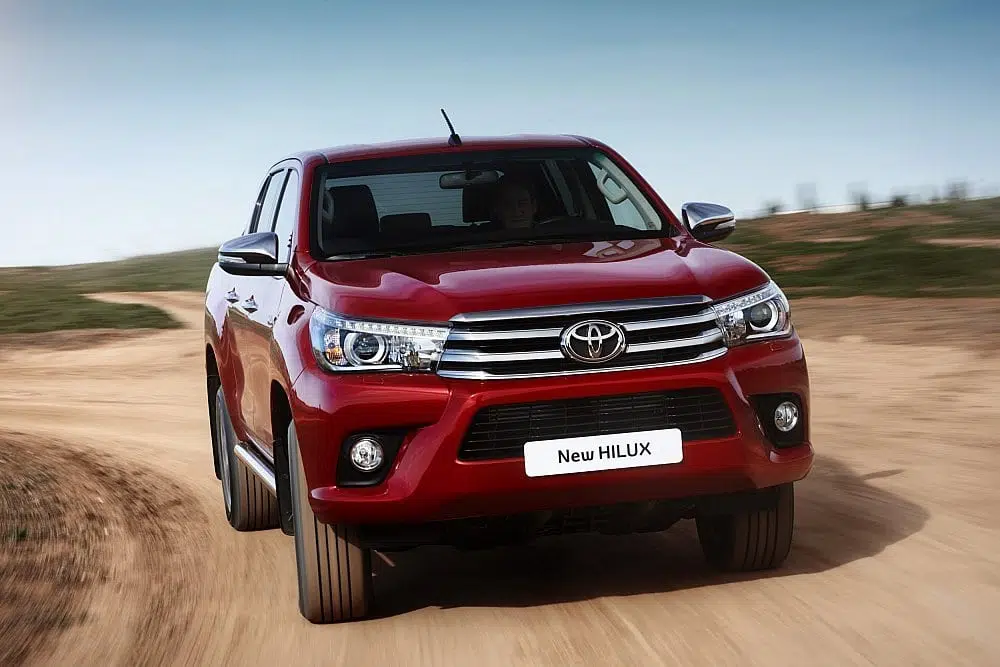
Renault Kangoo ML19dci 75 Energy at 67.3mpg shares the top spot with the Ford Transit Connect. Working with the Formula 1 team, the engineers at Renault designed and developed the Energy package. This concept is deemed the next gen solution for recovery of diesel engines and efficient energy conservation.
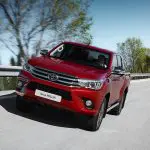
Mercedes-Benz Citan 109Cdi Blue Efficiency boast of a 65.7mpg. Basically, the Mercedes-Benz- Citan is the same as the Renault Kangaroo as both use the same engine. Nevertheless, the Energy package of the Renault is not quite the same as the BlueEfficiency package of the Mercedes-Benz. However, the claimed mpg is not bad at all.
Fiat Doblo Cargo 1.3mJet Ecojet claims 64.2mpg. The Ecojet engine of the Fiat Doblo Cargo facilitates reduced fuel consumption through its aerodynamic pack, an intelligent alternator, low-rolling resistance tyres and more. The standard version with stop/start feature has an mpg of 53.9
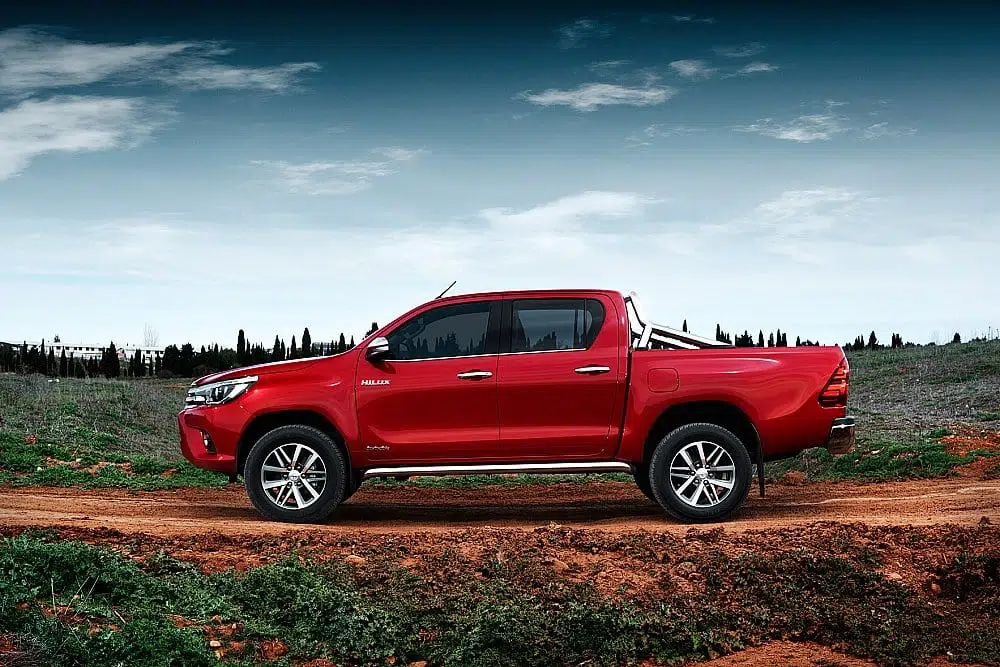
Citroen Berlingo 1.6 e-HDi 90 EGT6 Airdream has 62.8mpg. The standard version has a 57.7 mpg which is also quite high. Opting for fuel-saving Airdream technology and semi-automatic ETG6 transmission will increase fuel efficiency by at least 5.1mpg. The options cost around £2,500 which is not quite as staggering when one considers the increased fuel efficiency.

Vauxhall Combo 1.3CDTi 90 Ecoflex 58.9mpg is slightly lower than the Fiat Doblo as this model’s engine was not updated to Ecojet. However, this model still manages a decent mpg thanks to its minute 1.3 litre engine.
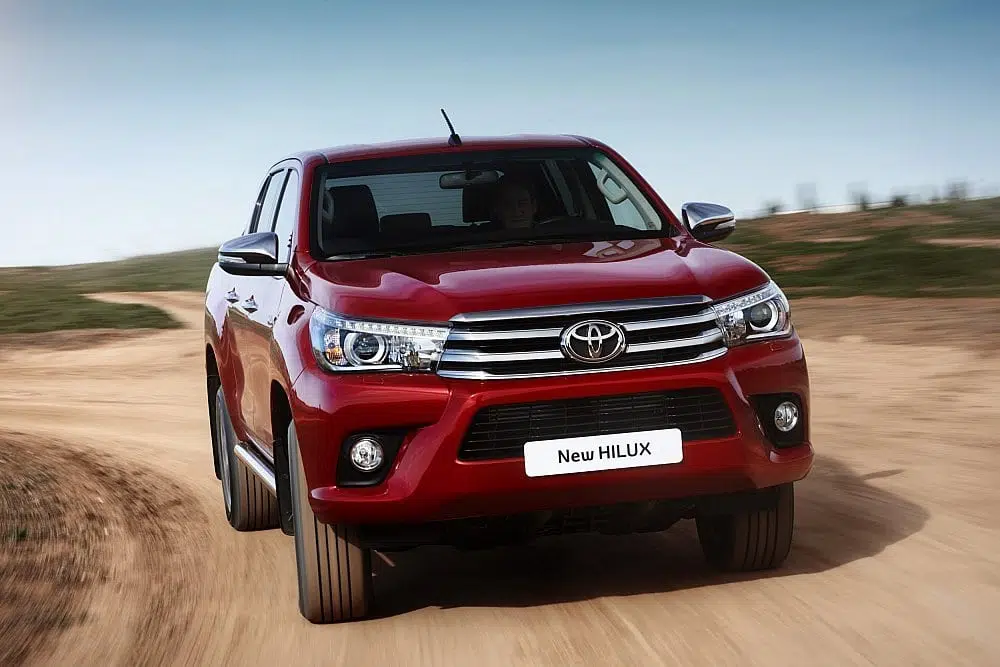
Peugeot Partner 1.6 e-HDi 90 S/S ranks 7th in the most economical small-sized vans list with its 57.6mpg. This variant was introduced in February 2015. Peugeot claims a 15% fuel efficiency improvement but considering the innovative energy-saving e-HDi technology of the brand, the miles per gallon rating is not really that great.

Nissan NV200 1.5dCi 89PS has a 57.6mpg, same as the Peugeot Partner. The van’s high roof and its lack of any fuel efficiency feature and variant only means that this van is not really designed for fuel economy. The engine is a1.5-litre Nissan-Renault. Fitted in a Renault Kangaroo, the mpg could climb up to 67.3.

Volkswagen Caddy 1.6TDi 75 Bluemotion’s 53.3mpg is not exactly staggering in terms of fuel efficiency. Nevertheless, it is still rated in the top ten most economical small-sized vans for 2014-2015. The Bluemotion version features stop/start technology, low-rolling resistance tyres and brake energy recuperation.
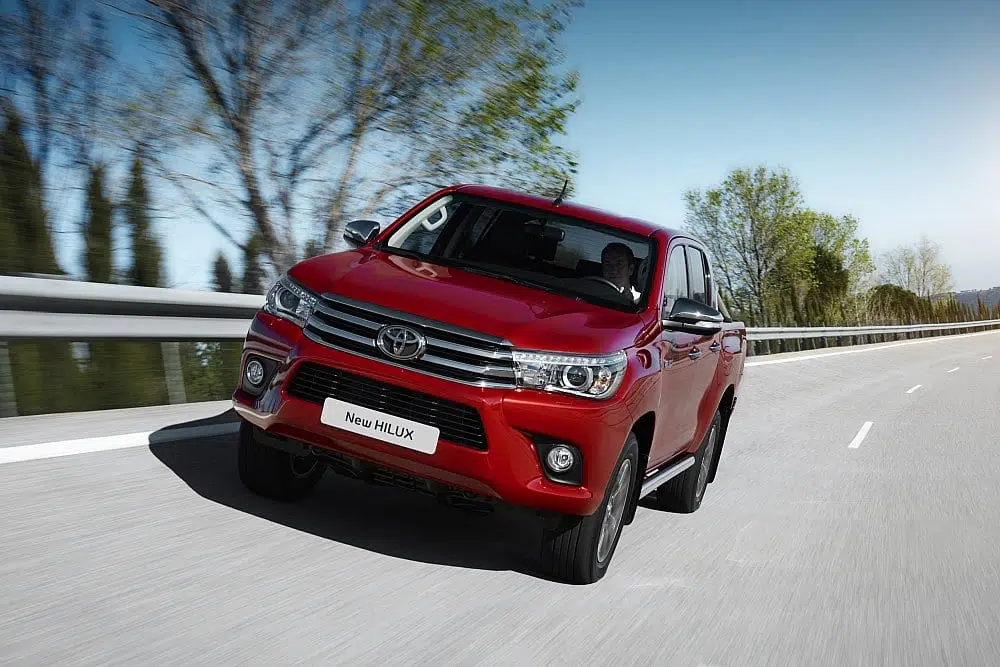
DFSK Loadhopper 1-litre K-Series (petrol) has an mpg of 38.2. This is an Asian brand and is quite different in terms of price, load dimensions, ride, accessibility, safety and fuel economy. It’s economical since it uses petrol.
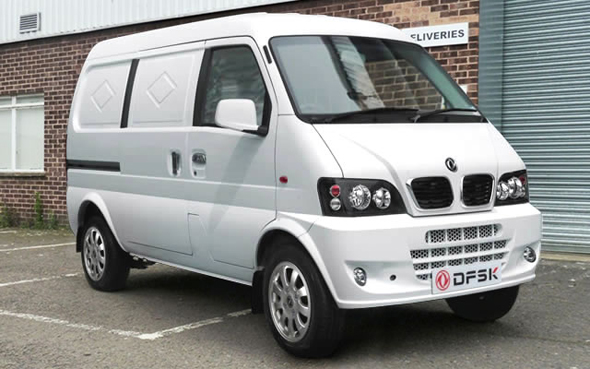
That concludes our series on the most economical vans for 2014-2015. Call us now for enquiries.
Even a fraction of difference in fuel cost will come a long way when you are covering tens of thousands of miles each year. Last week, Swiss Vans presented the top ten most economical medium-sized vans. Here we list the top most economical large-sized vans for 2014-2015 in the UK for 2014-1015. The MPG figures pertain to unladen vans.
Fiat Ducato 35 2.3 MultiJet has a reported 44.1mpg. Though it is no longer unusual for larger to vans to have a more than 40 mpg, Fiat is still ahead of Ford and Citroen. These Fiat Ducato variants with either 110 PS or 130 PS are powered by a 2.3-litre diesel engine.

Citroen Relay L1H1 e-HDI 130 SS is the lone Citroen Relay model with a 42.8mpg. This version is smaller than other variants in the series but it is still sizeable with a load volume of 8m3 and a payload of 1155kg.
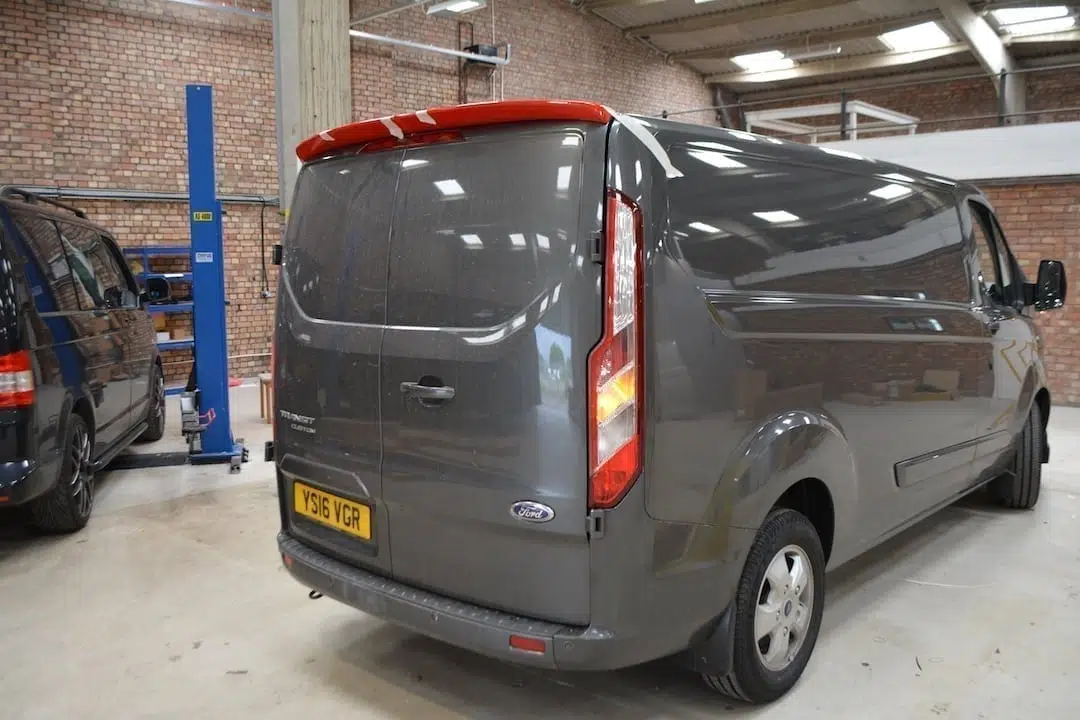
Nissan NV400 L1H1 2.3dCi 3300 135 SS SE FWD’s mpg is 42.1, powered by a 2.3dCi diesel engine, 135 PS. Though this van is the shortest, it is one of the most fuel efficient. Note that other variants in this series do have comparable mpgs.
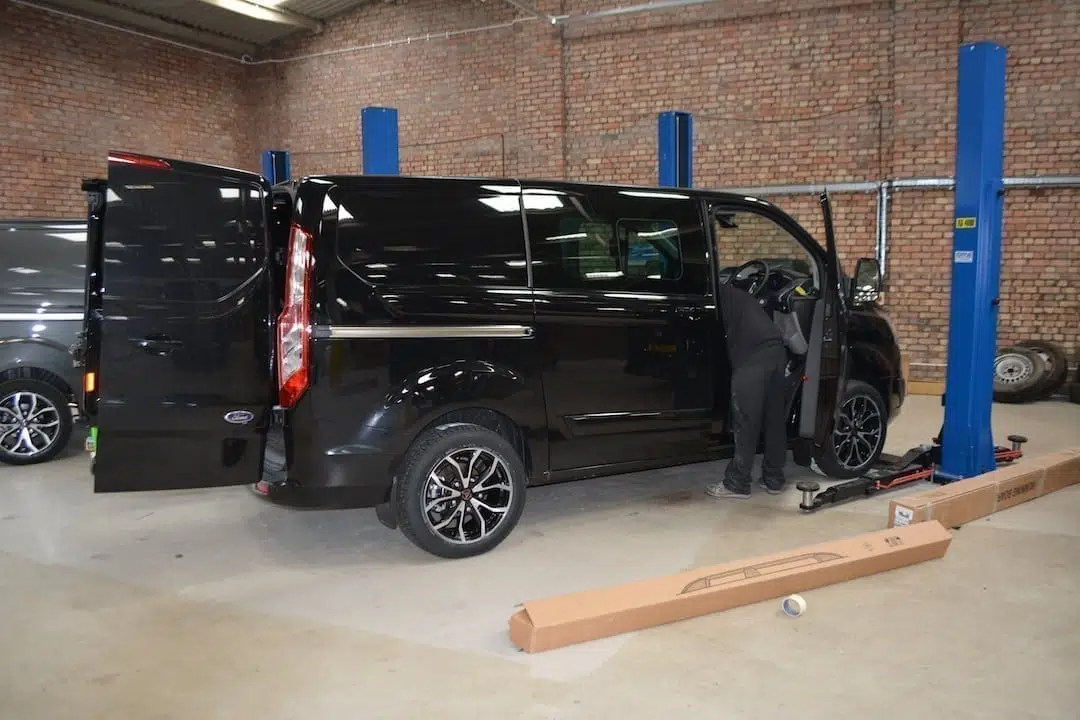
Ford Transit 310 L2H2 2.2 TDCi 125 FWD ECOnetic SS with its 41.5mpg Ford Transit variants. There are models under this range that are more spacious with a fuel economy better than most vans on the market today. The L2H2 TDCI 125PS form is the most fuel efficient amongst other Transit models.
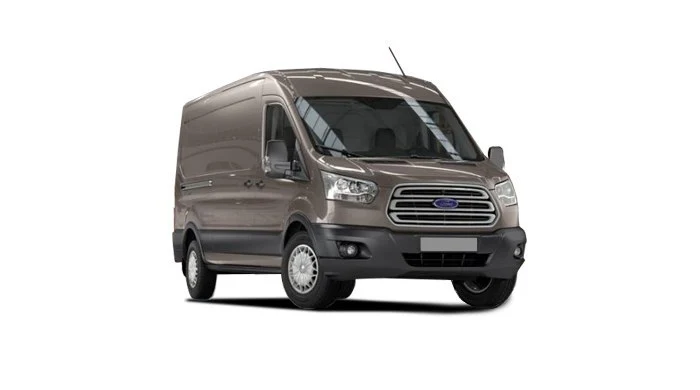
Peugeot Boxer 330 L1H1 110 matches the Ford Transit above with its 41.5mpg but may not be as practical compared to it due to its lower maximum payload. However other models of the Boxer are more spacious and with mpgs that are close enough to the L1H1.
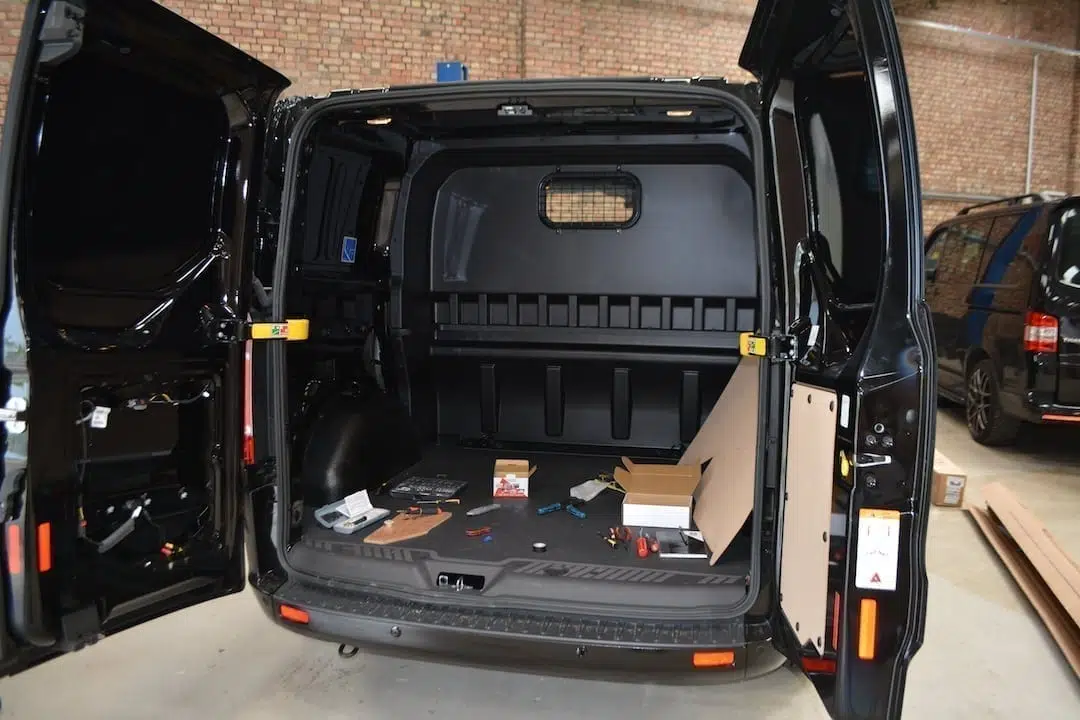
Renault Master Business FWD LM35 Energy dCi 135 has a 40.9 mpg. Though this model is practically the same as the NV400 mechanically-wise, the later is more economical. However the Renault has a greater load volume than the NV 400 at 5m3 and a payload rating of 22445 kg.
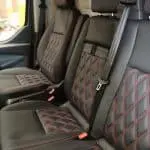
Volkswagen Crafter SWB Low Roof CR30 2.0TDI 109 BlueMotion with a 39.8 mpg is the lowest and shortest but most economical Crafter variant. However, compared to other vans in this class, it is not quite as sizeable.

Mercedes-Benz-Benz-Benz-Benz-Benz Sprinter 316CDI 3.5t Short Standard Roof BlueEFFICIENCY Auto’s 38.7 mpg rating is shared by other models in this rage. This variant stands out as it has automatic transmission and a greater payload rating of 1370 kg.
Vauxhall Movano L2H2 FWD 3500 2.3CDTI 16v 100 ecoFLEX Start/Stop has a 38.2 mpg. For more power, the 125 PS engine is recommended but fuel efficiency is slightly lower.

Iveco Daily H2 Single Rear Wheel F1A 146PS 33.6mpg is not as impressive but this van is not only durable but very roomy.
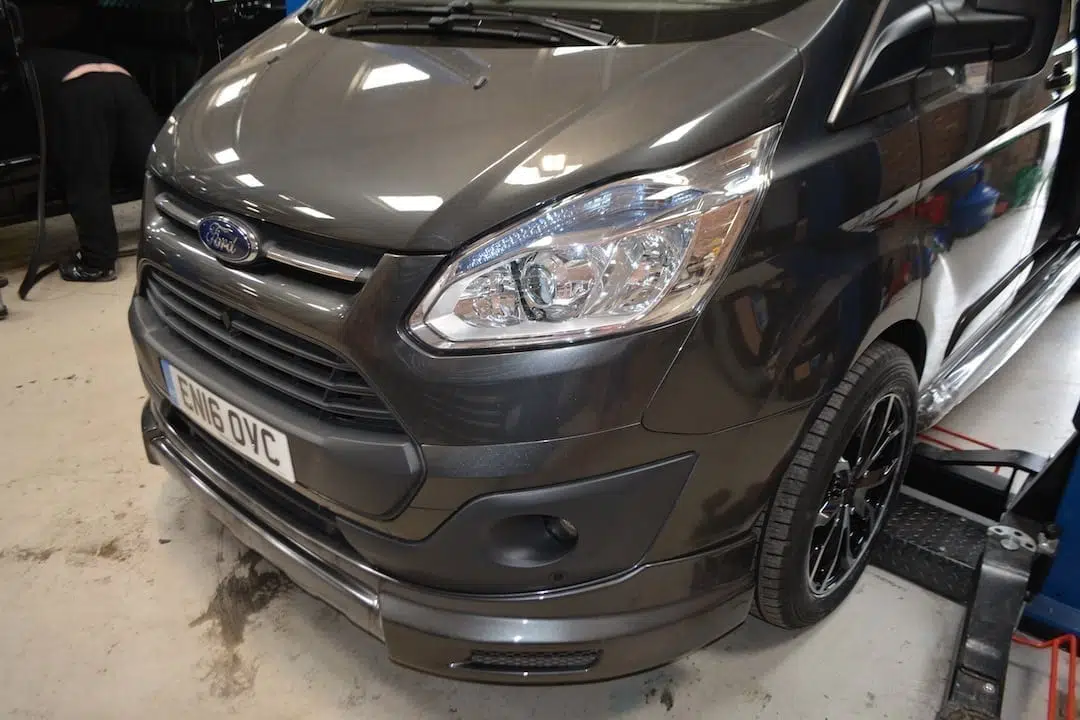
There we have the top ten large vans with the greatest mpg. Call us now for enquiries.

